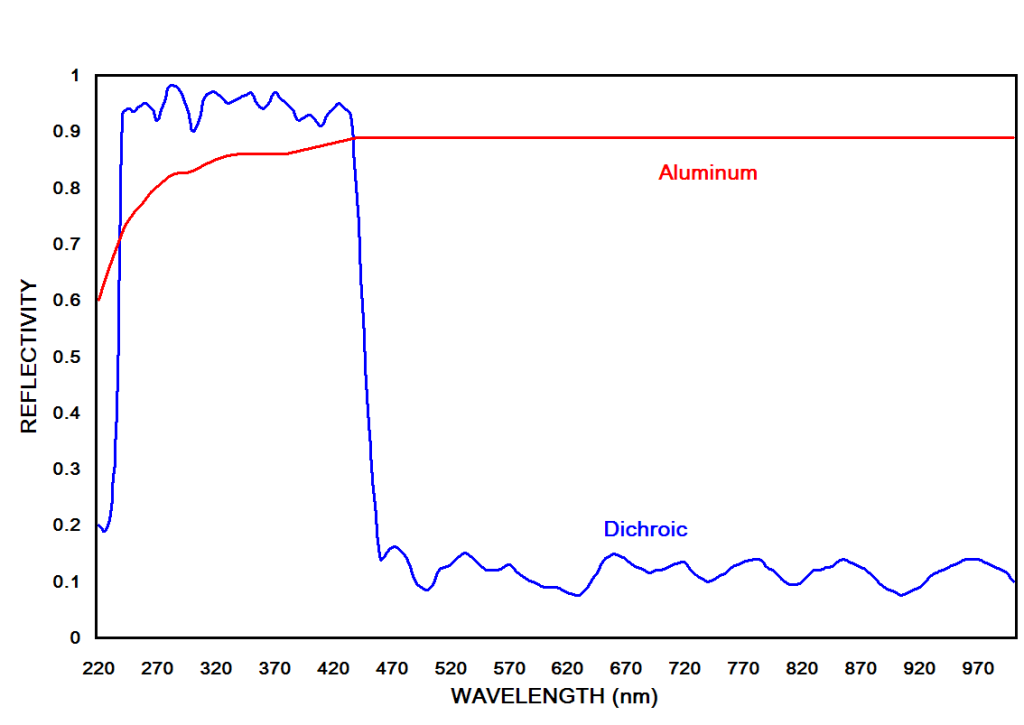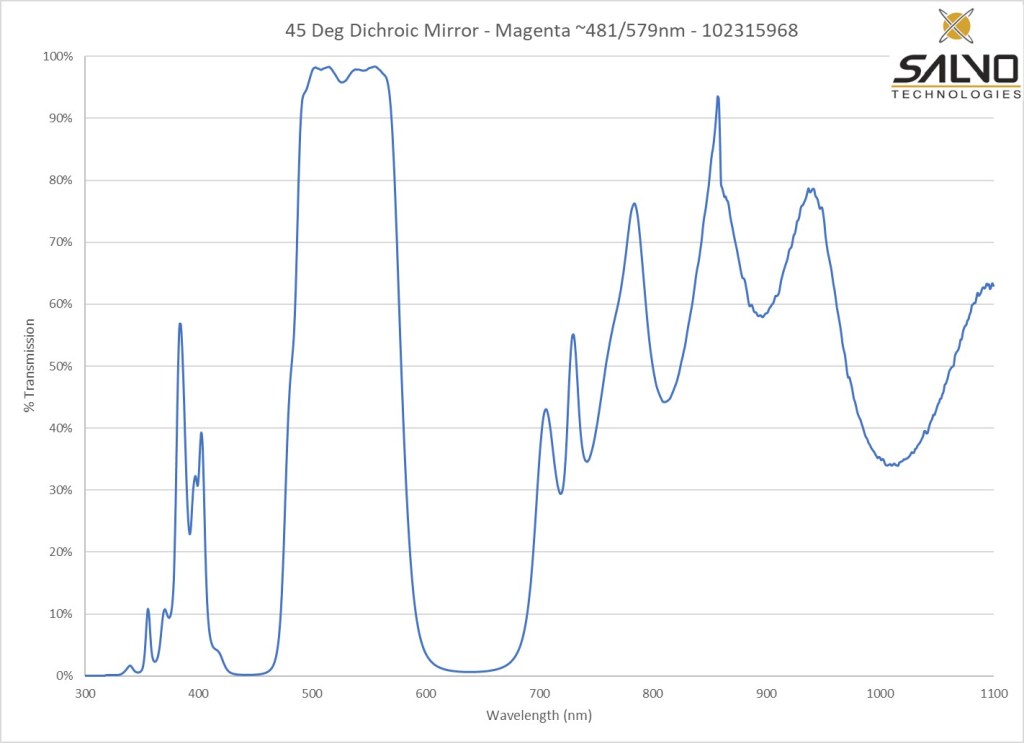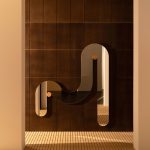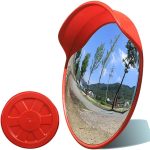Unlock The Power Of UV Dichroic Mirrors: Enhance Your Vision With Cutting-Edge Technology!
UV Dichroic Mirror: Enhancing Optical Applications with Precision
Introduction
Greetings, Readers! Today, we delve into the realm of optical technology and explore the fascinating world of UV dichroic mirrors. These remarkable devices have revolutionized various industries, from microscopy to astronomical observations. In this article, we will delve into the details of UV dichroic mirrors, discussing their construction, applications, advantages, and disadvantages. So, let us embark on this enlightening journey into the realm of UV dichroic mirrors.
3 Picture Gallery: Unlock The Power Of UV Dichroic Mirrors: Enhance Your Vision With Cutting-Edge Technology!



What is a UV Dichroic Mirror? 🌈
A UV dichroic mirror is a specialized optical component designed to selectively reflect or transmit ultraviolet (UV) light while allowing other wavelengths to pass through. This unique property enables them to separate UV light from visible light, making them an essential tool in numerous scientific and industrial applications.
Who Uses UV Dichroic Mirrors? 👥

Image Source: uvdoctors.com
UV dichroic mirrors find applications across a wide range of industries, including biology, medicine, chemistry, astronomy, and telecommunications. Scientists, researchers, engineers, and technicians rely on these mirrors to manipulate and control UV light in their experiments and optical systems.
When and Where Are UV Dichroic Mirrors Utilized? 📅🌍
UV dichroic mirrors have found their place in various settings and applications. They are commonly used in biological and medical research laboratories, where they aid in fluorescence microscopy, flow cytometry, and DNA sequencing. Additionally, UV dichroic mirrors are employed in astronomical telescopes to separate UV light from other wavelengths, allowing for clearer and more detailed observations.
Why Choose UV Dichroic Mirrors? 🤔

Image Source: i0.wp.com
There are several reasons why UV dichroic mirrors are the preferred choice in many optical systems. Firstly, their high reflectance and transmittance properties in the UV spectrum ensure efficient separation of UV light. Moreover, these mirrors exhibit exceptional temperature stability and durability, making them suitable for demanding environments. Lastly, UV dichroic mirrors offer superior optical performance, minimizing unwanted aberrations and signal loss.
How Are UV Dichroic Mirrors Constructed? 🔧
UV dichroic mirrors are typically constructed using a thin coating of metal or dielectric materials on a glass substrate. This coating is designed to reflect the desired UV wavelength while transmitting other wavelengths. The construction process involves precise deposition techniques, such as sputtering or electron beam evaporation, to achieve the desired optical properties.
Advantages and Disadvantages of UV Dichroic Mirrors 📊

Image Source: opticalfiltershop.com
Like any other technology, UV dichroic mirrors have their own set of advantages and disadvantages. Let us explore them in detail:
Advantages:
1. Efficient separation of UV light for accurate analysis and observation.
2. Exceptional temperature stability, ensuring reliable performance in varying conditions.
3. Durable construction for long-lasting use in demanding environments.
4. Superior optical performance, minimizing aberrations and signal loss.
5. Versatile applications in various scientific and industrial fields.
Disadvantages:
1. Limited wavelength range, restricting their use to specific applications.
2. Sensitivity to angle of incidence, requiring precise alignment in optical systems.
3. High cost compared to conventional mirrors due to specialized manufacturing processes.
4. Vulnerable to damage from scratches or improper handling.
5. Limited availability of UV-compatible substrates, leading to higher production costs.
Frequently Asked Questions (FAQs) ❓
1. Can UV dichroic mirrors be used with other optical components?
Yes, UV dichroic mirrors can be easily integrated into optical systems alongside lenses, filters, and other components.
2. Are UV dichroic mirrors suitable for outdoor applications?
While UV dichroic mirrors offer excellent optical performance, they are not recommended for outdoor use due to their susceptibility to environmental damage.
3. Can UV dichroic mirrors withstand high power laser beams?
UV dichroic mirrors are available in different power handling specifications. It is crucial to choose a mirror that can handle the power of the laser beam to prevent damage.
4. Are UV dichroic mirrors compatible with all types of microscopy?
UV dichroic mirrors are commonly used in fluorescence microscopy but may not be suitable for all microscopy techniques. It is essential to consult the microscope manufacturer or an optical expert for compatibility.
5. Can UV dichroic mirrors be cleaned and maintained easily?
UV dichroic mirrors require delicate cleaning procedures using specialized cleaning solutions and lint-free materials. Regular maintenance is necessary to ensure optimal performance.
Conclusion: Unlocking the Potential of UV Dichroic Mirrors 🌟
Throughout this article, we have explored the key aspects of UV dichroic mirrors, including their construction, applications, advantages, and disadvantages. These remarkable optical components have revolutionized various scientific and industrial fields, enabling precise control and manipulation of UV light. Whether in biological research labs or astronomical observatories, UV dichroic mirrors continue to play a vital role in enhancing optical applications. So, why not harness the power of UV dichroic mirrors in your next optical project and unlock a world of possibilities?
Final Remarks: Enlightening Optical Precision ✨
In conclusion, UV dichroic mirrors have demonstrated their immense potential and importance in the realm of optical technology. As with any advanced technology, it is crucial to choose the right mirror for your specific application and handle it with care. By understanding the benefits and limitations of UV dichroic mirrors, you can make informed decisions and achieve exceptional optical precision. So, embrace the power of UV dichroic mirrors and embark on a journey of optical excellence!
This post topic: Mirror



